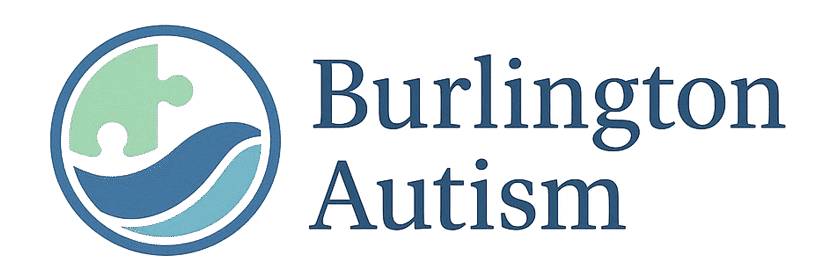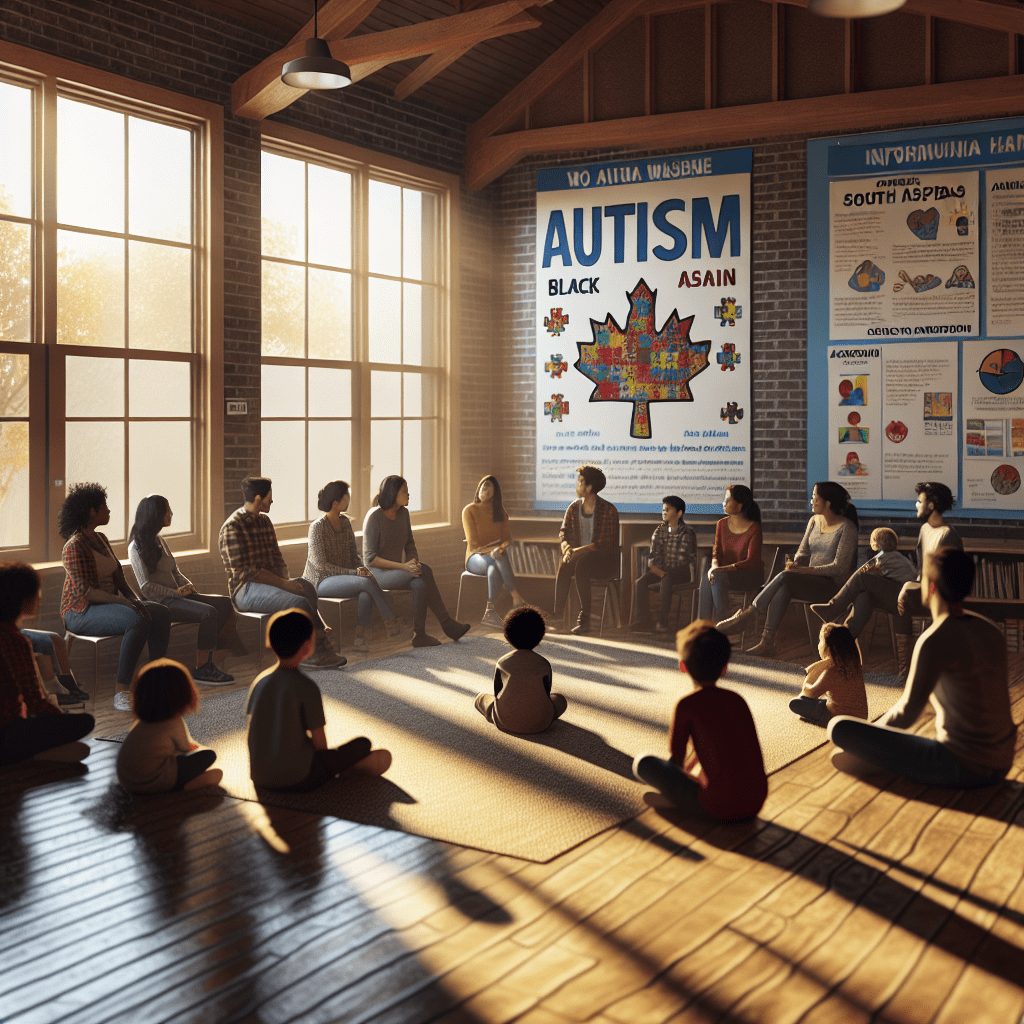Is Autism Increasing in Canada?
Is autism increasing in Canada? This question has been at the forefront of discussions surrounding autism spectrum disorder (ASD) in recent years. As awareness of autism incidence rises, parents, educators, and healthcare professionals are increasingly concerned about the growing numbers. Autism is not just a medical condition; it affects individuals, families, and communities. Understanding if this trend is truly on the rise in Canada necessitates a comprehensive look into the statistics, societal changes, and ongoing research. This article delves into the complex landscape of autism in Canada, exploring whether it is indeed increasing, the factors contributing to any changes, and what the future may hold. If you’ve ever wondered about the status of autism prevalence in Canada, you’ve come to the right place. Buckle up as we take a deep dive into this critical topic!
Understanding the Current Landscape of Autism in Canada
To effectively answer the question, is autism increasing in Canada?, we need to first understand what autism spectrum disorder entails and how it’s diagnosed. Autism spectrum disorder is a range of developmental disorders characterized by challenges with social interaction, communication, and repetitive behaviors. The DSM-5, the diagnostic manual used by professionals, offers criteria for diagnosis that can lead to varying identification of autism across different demographics and regions.
Recent studies indicate that autism diagnoses have generally increased in Canada, raising questions about whether there is a genuine rise in prevalence or simply improvements in diagnostic practices. According to the Canadian Pediatric Society, the prevalence of autism in children is now estimated at 1 in 66, which is significantly higher than previous estimates. This dramatic increase has led many to wonder: are more children actually being born with autism, or are we simply getting better at recognizing the signs?
Several factors contribute to these rising numbers. Increased awareness around autism has played a crucial role. Between public campaigns and improved information accessibility through the internet, more parents are recognizing the symptoms and seeking diagnoses for their children. Furthermore, healthcare systems are becoming increasingly equipped to assess and diagnose autism at an earlier age, leading to more recorded cases.
Additionally, the broadening of diagnostic criteria has also influenced these statistics. In prior decades, children with high-functioning autism or related disorders might not have been diagnosed at all or recorded as having another condition. Today, however, more children fitting into these categories are being identified.
The change in social attitudes towards neurodiversity has also contributed to the rising numbers. With increasing advocacy for individuals on the autism spectrum, many parents are more motivated to pursue diagnosis and support than ever before.
What’s Behind the Numbers? Factors Influencing Autism Rates
Now that we’ve explored whether autism is increasing in Canada, it’s vital to understand the various factors influencing these statistics. The reality is more complex than merely counting diagnoses. One significant aspect is the role of environmental factors. Research has been ongoing to determine the influence of certain environmental exposures during pregnancy, particularly concerning maternal health and genetics. Factors such as advanced parental age, prenatal exposure to pollutants, and specific nutritional deficiencies have all been hypothesized to potentially impact the likelihood of autism. While studies have shown some correlations, the mechanisms remain unclear and are the subject of ongoing research.
Furthermore, social determinants of health play a substantial role in the rates of autism diagnosis. Economic stability, educational resources, and access to healthcare vary significantly across different regions of Canada. These disparities can lead to differences in autism identification and support between urban and rural communities, as well as among various socio-economic groups. In some cases, families in lower socio-economic statuses may face substantial barriers to obtaining a diagnosis or accessing early intervention programs due to a lack of resources.
Furthermore, the role of technology cannot be overlooked. The rise of telehealth services has not only facilitated easier access to assessments but has also led to better data collection and tracking of autism diagnoses across Canada. This enhanced data collection could affect the perception of rising rates as more individuals are diagnosed than in previous decades.
We must also consider communication and information-sharing advancements. Public health campaigns and outreach initiatives conducted by various autism advocacy groups have educated parents and relatives about autism signs, thus prompting them to seek evaluations. With a better-informed population, more families are likely to pursue testing, contributing to an apparent rise in prevalence.
The Importance of Early Diagnosis and Intervention
If we determine that autism is indeed increasing in Canada, one of the most vital questions is: what does this mean for affected individuals and the broader community? Early diagnosis and intervention remain crucial for improved outcomes for individuals on the autism spectrum. The research consistently shows that early identification, along with appropriate therapeutic interventions, can significantly help children develop their communication skills, social interactions, and adaptive behaviors.
Programs like the Early Childhood Development (ECD) initiative in provinces like British Columbia provide critical resources for children diagnosed with autism. These interventions typically include behavioral therapy, speech therapy, and individualized education plans, among other strategies. Access to such programs is essential, but disparities still exist. Children in lower socio-economic areas often have fewer resources, which could hinder their early intervention opportunities.
Another impactful approach in improving autism rates is involving parents in the process. Parental training on how to implement techniques at home can enhance the effects of professional therapies and result in better communication and behavioral outcomes.
Community Resources and Support Systems
The question, is autism increasing in Canada?, leads to discussions on how society can better support individuals on the spectrum and their families. Community resources offer vital support networks to families navigating the complexities of autism. Support groups can be beneficial for both emotional and informational support. These networks can help to reduce isolation and provide a platform for sharing experiences and resources.
In recent years, Canada has seen a growing movement towards inclusion in schools and public spaces, which is imperative for better understanding autism. Educators are increasingly trained in recognizing autism and addressing the needs of students with varying abilities. This education can significantly enhance the learning environment for children on the spectrum.
Moreover, workplaces are beginning to prioritize inclusive hiring practices to recognize the unique strengths individuals with autism can bring to their organizations. By fostering an inclusive society, we not only uplift individuals with autism but enrich the communities they are part of.
Looking Ahead: Future Research and Understanding
So, after exploring the implications of whether autism is increasing in Canada, what does the future hold? Research will remain critical in understanding the complexities of autism, from the biological to the psychological and social factors contributing to its diagnosis.
Ongoing studies aim to understand better the causes and risk factors associated with autism and the effectiveness of various intervention strategies. Canada is home to numerous research developments, such as studies led by Autism Speaks and local universities, dedicated to finding better answers for those touched by autism. As researchers unravel these complexities, they can inform policy creation, resource allocation, and advocacy efforts.
Furthermore, the continued rise of technology can help bridge gaps in diagnostics and resource distribution. Advanced data tracking and artificial intelligence may improve how we understand the demographic shifts in autism prevalence across different communities.
Conclusion
In summary, the question is autism increasing in Canada? has multifaceted implications. While initial statistics show a significant rise in diagnosis, the reality is shaped by improved awareness, enhanced diagnostic practices, and varied environmental factors. Understanding these nuances is essential for parents, educators, policymakers, and society as a whole. Increased prevalence of autism brings attention to the need for early intervention, community support, and comprehensive resources for families.
Moving forward, it’s essential for us to continue fostering inclusive environments, supporting research initiatives, and advocating for effective policies to ensure that individuals with autism and their families have the resources they need. With knowledge comes power, and more minds working together can help us navigate this increasing landscape constructively.
FAQs
1. What are the signs of autism in children?
Common signs of autism can include difficulties in social interactions, limited eye contact, communication challenges, repetitive behaviors, and an unusual focus on specific interests. Early signs can appear as early as 18 months to 2 years.
2. How is autism diagnosed?
Autism is typically diagnosed through a combination of observational assessments, standardized tests, and parental questionnaires. Healthcare professionals, including psychologists and pediatricians, play crucial roles in the evaluation process.
3. What resources are available for families of children with autism?
Many resources exist, ranging from autism-specific support groups to educational programs offered by governmental and non-profit organizations. For instance, Autism Canada and the Autism Society Canada provide various support services and information resources.
4. Are there any known causes of autism?
The exact causes of autism are still unknown. However, research shows that genetics, environmental influences, and prenatal factors may play a role. Specific factors are being studied to understand their contribution more clearly.
5. How can communities better support individuals with autism?
Communities can enhance support by creating inclusive educational environments, offering training for educators, providing access to early intervention services, and promoting awareness about autism to reduce stigma.







